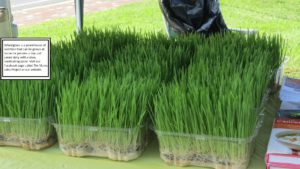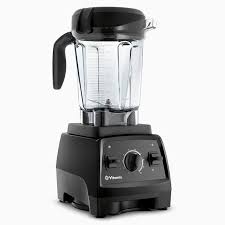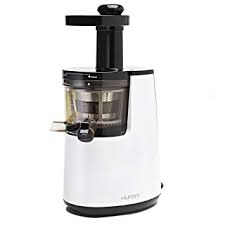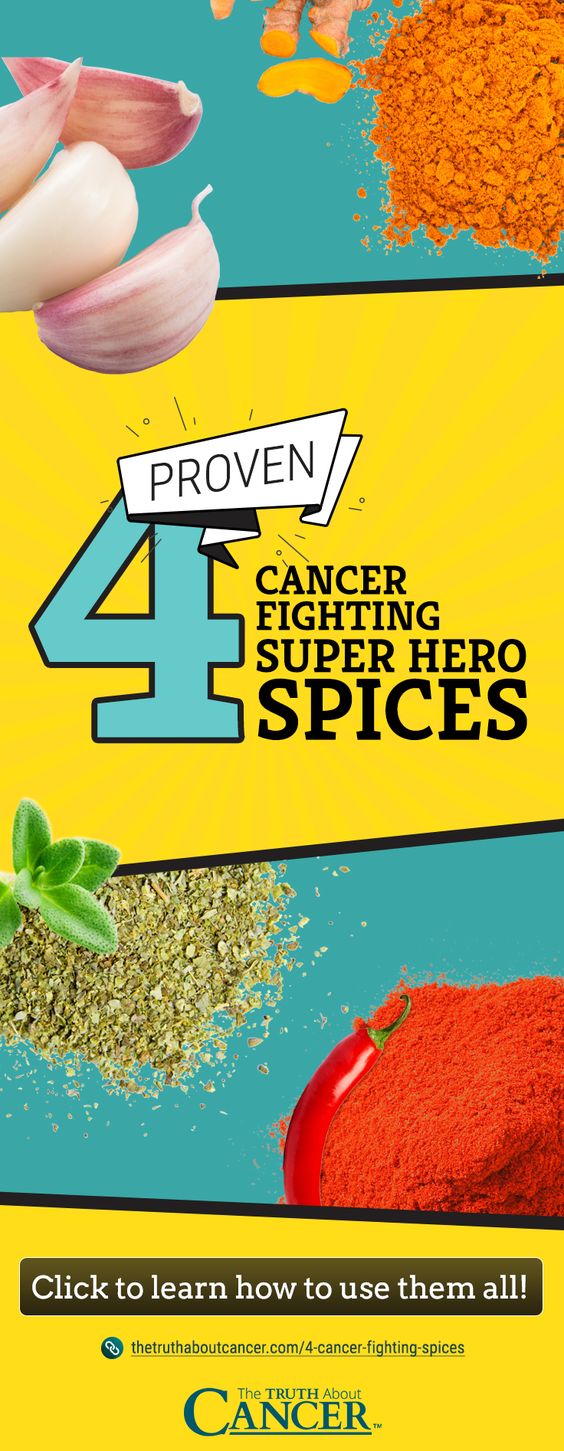Here is a topic we like to revisit from time to time.
From a Facebook note that we published in 2015, understand the basics between juicing and blending.
February 2015 Newsletter
FEBRUARY NEWSLETTER from The Mama Edna Project, written by Miranda Yerrick, our volunteer nutritionist
February 12, 2015
Juicing and Blending: What are differences and how do they affect you?
Juicing and blending, or making smoothies as it is more commonly referred to, are two very common nutrition practices today. It seems that everyone is obsessing over green smoothies and green juices. I personally think that this is a great thing to be obsessing over! Kris Carr, a wellness activist living with an incurable form of cancer, is one of the many public figures that endorse and believe in the power of green juices. In this month’s newsletter I would like to cover the differences between the two since there are many benefits to both. Since we are a juicing community I would like to focus on why juicing specifically is a great choice.
The main difference between juicing and blending is simply the consistency of the product. The consistency is determined by the contents of the juice or smoothie. When a fruit or vegetable is juiced it extracts all of the water and nutrients out of that specific produce. The byproduct of juicing is the pulp or the insoluble fiber in the fruits and vegetable. You may be wondering why juicing comes so highly recommended when all of the fiber is removed? Well, removing the insoluble fiber from the fruits and vegetables makes consuming the juice easier on your gut. This is particularly important for anyone that may be suffering from any type of stomach or intestinal cancer. While this can be especially beneficial to these specific types of cancer it is also beneficial to those with any types of cancer because it gives your body a chance to relax or take a break. Your gut is a very sensitive part of your body. While undergoing treatment for any type of serious illness it has a tendency to be affected. Many times the good bacteria, or probiotics, are depleted by treatment causing diarrhea and stress on the gut. When the fiber is removed from the produce your body does not have to work so hard to digest what you are consuming. The juice comes into your stomach and gut as a thin fiber-less liquid allowing for immediate absorption, or a “shot” of nutrients if you will. Your body is then able to soak up all of the vitamins and minerals in the juice rather than getting stuck in the fibrous mixture that would be consumed in the form of a smoothie. Juicing also allows the recently discovered phytonutrients, micronutrients, and enzymes to quickly absorb into the system without the heating effects of digestion.
Another difference between juicing and blending is bulk. Bulk again, comes back to fiber. When you blend fruits and vegetables together the fiber adds bulk to it allowing for only a few servings to be blended at one time. A major benefit of juicing is that removing the fiber allows for several servings of fruits and vegetables to be consumed at one time. Often one could consume their daily recommended amount of fruits (1-2 cups per day) and vegetables (2-3 cups per day) in a single juice. Juicing is such an easy way for folks that may be experiencing nausea from chemotherapy to consume their recommended amounts of produce without feeling as though they have to force themselves to eat.
Some may be wondering what the difference is in the nutrient content of a juice and a smoothie. The answer is, there can be a huge difference or there could be little difference. It really depends on what is being put into your specific drink. One main reason that I think juicing is so amazing is that you don’t need “fillers” to make it taste delicious. I think of a “filler” as yogurt, milk, peanut butter, etc., anything that would be added to a smoothie to make it taste better (especially if purchased rather than made at home). I personally believe that there is nothing better than an amazing vegetable juice with say an apple for a little sweetness and ginger or lemon for added flavor and nutrient benefits. In sticking with juice instead of the smoothie you are receiving all the benefits of the fruits and vegetables without the added sugars, fat, and calories that would be in a typical smoothie. Also, smoothies may be too filling for a cancer patient who needs on average 9-13 juice drinks per day, according to The Gerson Institute.
To answer the question, what are the differences and how do they affect you, just be aware that there are differences but both are great options. Juicing is perfect for a shot of nutrients that your body can easily absorb and smoothies are great for filling meal replacements. Neither is better nor worse than the other, just stick to what your body is needing and you can never go wrong with an amazing juice or smoothie. Here at The Mama Edna Project we like to treat smoothies as an addition to your juicing regimen as either a snack or meal replacement later in the day after enjoying your morning and afternoon juices.
Here are our favorite green recipes. Please use organic produce whenever possible to avoid toxins from pesticides and chemical fertilizers.
Miranda’s Green Smoothie Recipe (for meal replacement)
Omega-3 Rich Green Smoothie
1 cup kale or spinach
1 ripe banana
½ cup strawberries
½ cup unsweetened almond milk(or other dairy milk alternative)
1 T chia seeds
1 T coconut oil
A dash of cinnamon
Process all ingredients in a high-speed blender until smooth. Drink and enjoy.
Andrew’s Green Juice Recipe (for breakfast and afternoon snack)
Breakfast Green Juice
1 large cucumber, unpeeled if organic
4 medium carrots
4 stalks celery
1 ½ inches peeled ginger root
2-3 slices of lemon (I usually leave the peel on lemons in small amounts)
2 apples, either Granny Smith for a more tart juice or any organic red apples other than Red Delicious which are too high in sugar and have been so over bred that there is little nutrition left in them
1 container pre-washed boxed green, rotate between spinach, kale, other greens to get a balanced nutrition
1 container wheatgrass, clipped into 2 inch pieces in a separate bowl wheatgrass does not work well in a fast juicer, just don’t use it if you are using a centrifugal juicer)
Cut produce into appropriate sizes for the juicer you are using. The Mama Edna Project usually uses a slow, masticating juicer for the most nutritional impact and best yield of juice to produce used. Process through the juicer. Drink half immediately and save the other half to enjoy 2 to 6 hours later in a glass jar with a tight fitting lid with little to no air gap at the top to prevent oxidation.




